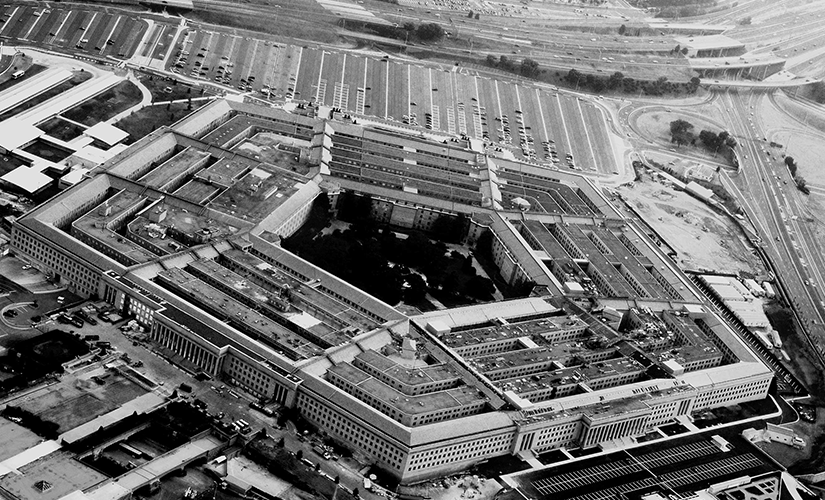Future Vertical Lift (FVL) Program: An Explainer

By: Jack Ellrodt - NDIA Junior Fellow and Georgetown School of Foreign Service
In 2009, the US Army officially launched its Future Vertical Lift (FVL) program. The project, which intends to replace the Army’s aging rotorcraft platforms by 2030, is also leading the Department of Defense’s broader effort to procure a new generation of modern rotorcraft technology. The need to update the current inventory is glaring – the Army has not managed to successfully develop and field a new rotorcraft platform since the AH-64 Apache was introduced in 1986. With the reemergence of near-peer competitors able to engage in Anti Access/Area Denial (A2/AD) operations, rotorcraft systems must also be capable of penetration and sustained, long-range performance in multidomain operations. While the Army’s legacy platforms – the CH-47 Chinook, UH-60 Blackhawk, and AH-64 Apache – are slated to remain in service for many years to come, the FVL program has placed the clean-sheet development of modern rotorcraft at the top of its priority list.
In an effort to replace all of the Army’s legacy platforms, including the now-retired OH-58 Kiowa, the FVL program outlined five separate capability sets. However, due to both modernization priorities and budget constraints, the Army is currently pursuing just two of the five sets outlined in the initial strategic plan – the Future Long-Range Assault Aircraft (FLRAA) and the Future Attack and Reconnaissance Aircraft (FARA). While these programs are not intended to be direct replacements for legacy platforms, they are designed to succeed certain capabilities of the current inventory. The FLRAA is focused on a platform capable of medium transport, much like the UH-60 Blackhawk; FARA seeks to develop and field an aircraft roughly in the same role of the current AH-64 Apache. Although it remains unclear when programs targeting the other three capability sets might be initiated, it seems as though the prioritization of programs has so far served the Army well.
In March 2020, the Army granted two firms Competitive Demonstration & Risk Reduction (CD&RR) project agreements for the FLRAA program, and the companies were subsequently given formal requests for proposals in July 2021. To date, the project has successfully maintained the timeline outlined in the initial strategic schedule. Similarly, in March 2020 the Army narrowed the competition for FARA down to two proposals, also from the same firms engaged in the FLRAA program, in accordance with schedule benchmarks. No modern rotorcraft development and procurement programs, including the ill-fated RAH-66 Comanche and ARH-70 Arapaho projects of the late 1990’s and early 2000’s, have managed to avoid excessive delays and ultimately cancellation.
Unlike some of the most familiar Department of Defense procurement projects over recent decades, namely the F-35/Joint Strike Fighter, the FVL program has also managed to remain rather cost effective. According to a study conducted by the Center for Strategic and Budgetary Assessments, the last time the Army procured two rotorcraft platforms concurrently – the UH-60 and AH-64 – the programs consumed an average of 1.58% of the Army’s topline budget through RDT&E, procurement, and operation and sustainment. This overall cost averaged to approximately 4.53% of the Army’s annual procurement funding. Maj. Gen. Wally Rugen, the Officer leading both the FLRAA and FARA programs, has indicated that the combined funding for both projects remains below both the 1.58% and 4.53% benchmarks when averaged for the program lifecycles.
Observers and program officials note that investments in modular open-systems architecture (MOSA), as well as reformed contracting devices designed to conduct competitive prototyping, have been critical in ensuring the projects remain on-schedule and cost-effective over the program lifecycles. MOSA, which is intended to reduce long-term operations and sustainment costs, employs a modular scheme whereby design standards and common interfaces are shared, making rapid upgrades and mission flexibility far easier. Competitive prototyping has also allowed the Army to shift a substantial amount of the financial burden associated with RDT&E to participating contractors.
Indeed, there seems to be a stable Congressional appetite for funding the development and procurement of modern rotorcraft systems, especially as the Services seek to modernize their force posture in the face of great-power adversaries. H.R. 4350, the House’s FY22 NDAA, fully funded the Army’s FVL program requests. Nevertheless, there has existed a historical inclination to focus on upgrading legacy systems as opposed to modernizing through clean-sheet developments, and the innumerable shortfalls of the F-35 program has surely frustrated and scarred many lawmakers. In the FY22 NDAA, the House also mandated the Comptroller General of the United States compile a report on the development and acquisition of the FVL program, indicating Congress’ emphasis on ensuring that the program remains on-schedule and cost-effective.
In order to guarantee that the FLRAA and FARA ultimately yield fieldable platforms, and that the other three capability sets are eventually developed, it is imperative that the programs maintain the promising path they’re currently on. Similarly, the firms involved in the FVL programs should participate in events that would allow for best practices and lessons learned to be circulated throughout the industry. NDIA’s 2021 Virtual Systems and Mission Engineering Conference and Aircraft Survivability Symposium, scheduled for December 2021 and February 2022 respectively, are excellent forums to foster such a dialogue and exchange important information.
Topics: Army News, Rotary Wing


Comments (0)